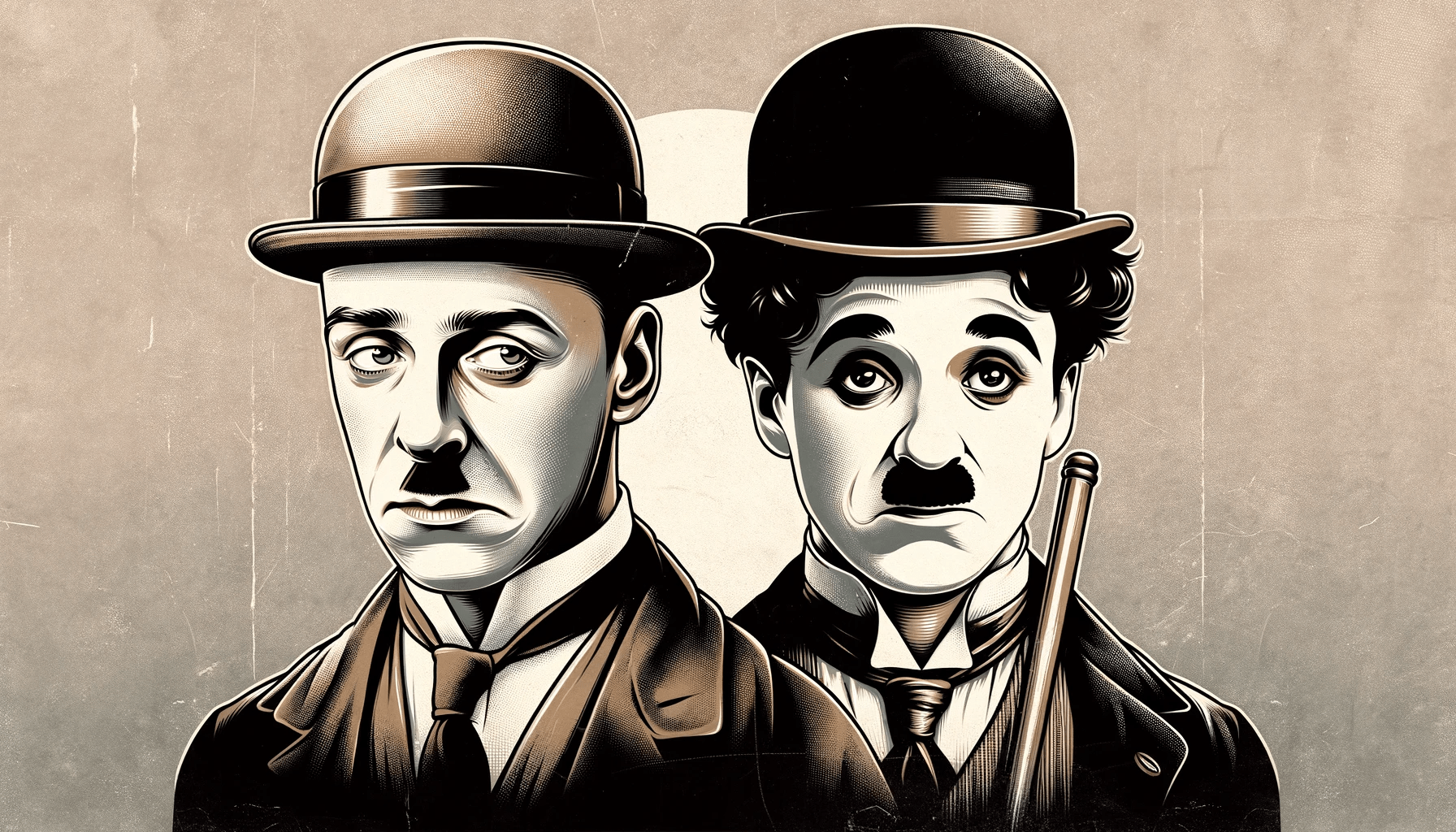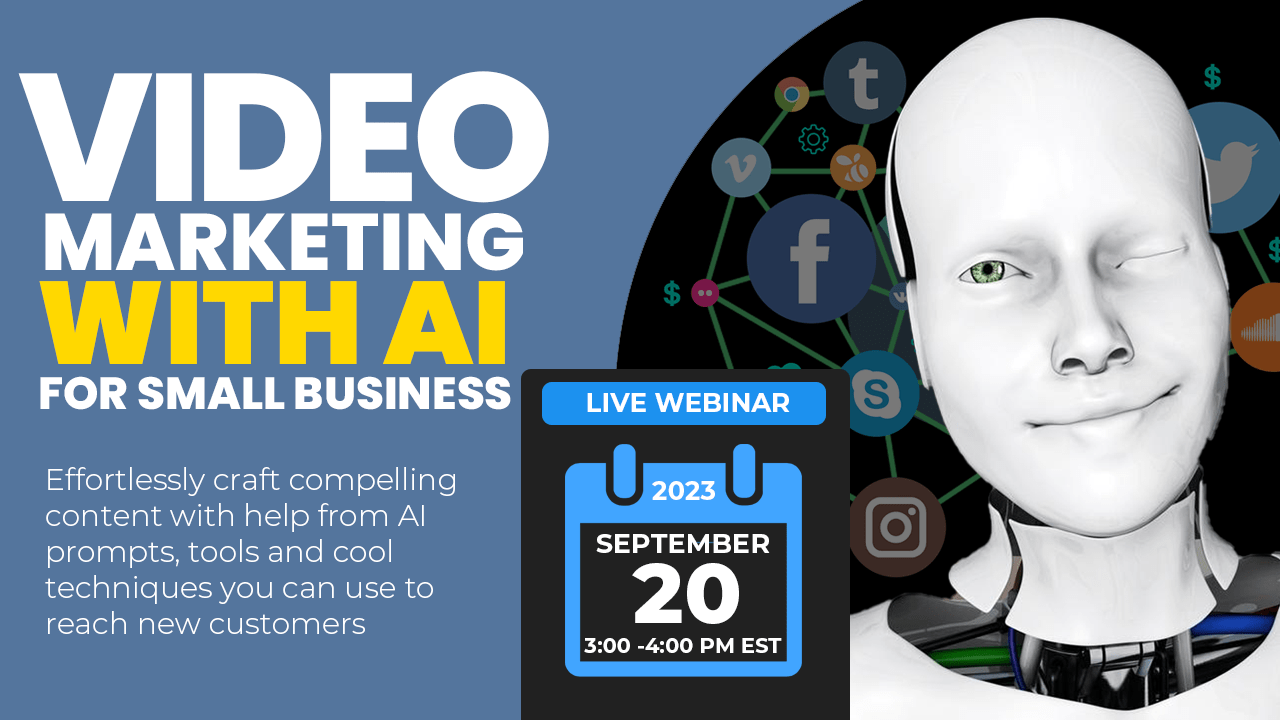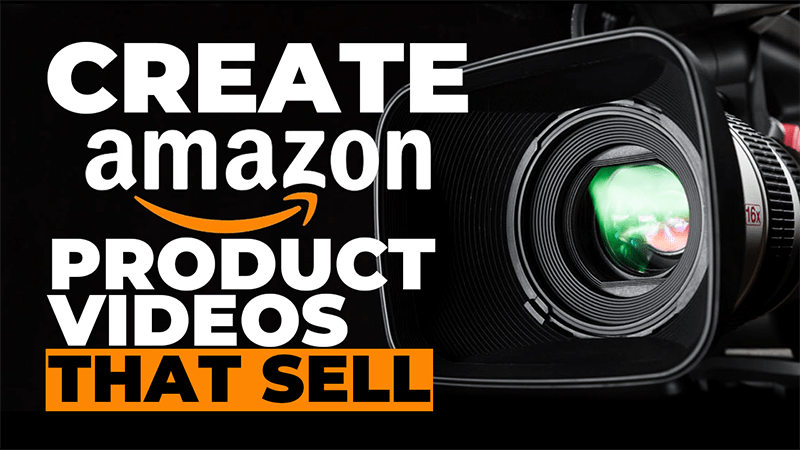In the roaring 1920s, the silent film industry faced a seismic shift with the advent of ‘talkies’, transforming the landscape of cinema.
This era is best encapsulated by the experiences of two iconic figures: Buster Keaton and Charlie Chaplin. Their journeys through this transformative period provide profound insights into today’s world, where AI technology is reshaping the job landscape.
By drawing parallels between these two eras, we can glean lessons on adaptability, resilience, and the continual evolution of skills.
The Silent Era and the Advent of Sound
Buster Keaton and Charlie Chaplin dominated the silent film era with their unparalleled comedic talents and innovative filmmaking. However, the introduction of synchronized sound in the late 1920s, a technological marvel at the time, posed an existential threat to their careers and the industry at large. This change did not just signal a technological upgrade; it represented a fundamental shift in the art form.
Keaton, known for his stoic expressions and stunt work, faced a tough transition. His move to MGM, which coincided with the advent of talkies, led to a loss of creative control. Meanwhile, Chaplin cautiously approached the new technology, subtly integrating it into his work. In films like “City Lights” and “Modern Times”, he retained the silent film format while using sound effects and music to enhance the narrative.
Lesson 1: Adaptation is Key
Chaplin’s gradual adaptation highlights the importance of embracing change while staying true to one’s core strengths. In today’s AI-driven world, professionals can learn from this approach. As AI transforms industries, the ability to adapt, whether by upskilling or integrating new technologies into existing workflows, is crucial.
Lesson 2: The Value of Human Skills
Both Keaton and Chaplin brought something to cinema that sound alone could not replace – their unique talents in physical comedy and emotional expression. As AI automates more tasks, skills that are inherently human – creativity, empathy, and interpersonal abilities – become more valuable. Professionals need to hone these skills to stay relevant.
The Transition Phase
Chaplin’s “The Great Dictator” marked his full-fledged entry into the era of sound films. His eloquent speech at the end of the movie is an enduring testament to his adaptability and artistic evolution. Keaton, on the other hand, struggled in the new era, partly due to his personal challenges and the loss of autonomy over his artistic direction.
Lesson 3: Continuous Learning and Evolution
The transition of these icons teaches us the importance of continuous learning. In an ever-changing technological landscape, professionals must be willing to learn and evolve. This might mean acquiring new technical skills or understanding how to work alongside AI and automation.
Lesson 4: Diversification and Flexibility
Chaplin’s success in the talkie era was partly due to his versatility. He was not just an actor but a director, composer, and producer. In the modern era, having a diverse set of skills or being open to cross-disciplinary learning can provide a significant edge.
The Aftermath and Their Enduring Legacy
Despite the challenges, both Keaton and Chaplin left indelible marks on cinema. Chaplin’s successful transition to talkies is well-documented, but Keaton, despite his struggles, is revered for his contributions to film, particularly his silent-era works.
Lesson 5: Embracing Change While Honoring the Past
While it’s important to embrace new technologies like AI, it’s equally vital to remember and value the past. Just as Keaton’s silent films are celebrated today, traditional methods and knowledge in various industries hold enduring value.
Lesson 6: Resilience in the Face of Change
Both Chaplin and Keaton demonstrated resilience, albeit in different ways. Chaplin’s resilience was in his ability to adapt and evolve, while Keaton’s was in his enduring legacy despite professional setbacks. In today’s rapidly changing job market, resilience is key – not just in adapting to change but in facing potential setbacks.
Lesson 7: The Synergy of Human and Technological Skills
Chaplin’s integration of sound into his silent film format can be seen as a metaphor for the modern professional’s need to integrate AI into their skillset. By finding the synergy between human and technological skills, professionals can create a more dynamic and versatile career path. AI should be viewed as a partner in the creative and problem-solving process, not as a replacement.
Lesson 8: The Importance of Ethical Considerations
As we integrate AI into various fields, ethical considerations become paramount, much like the artistic integrity was for filmmakers during the transition to talkies. Professionals must navigate not only how AI can be used but also how it should be used, considering the broader implications on society, privacy, and ethical boundaries.
Navigating the New Landscape
As AI continues to evolve, it’s clear that the landscape of work will be forever altered. But, this doesn’t necessarily spell doom; rather, it presents a canvas for reimagining and reshaping our roles. The key lies in understanding and leveraging the symbiotic relationship between human ingenuity and technological advancement.
The Future: Blending the Old with the New
The future of work in the AI era is not about choosing between human skills and technological advancements; it’s about blending them to create new possibilities.
Just as Chaplin found new ways to tell stories with sound, professionals today have the opportunity to redefine their industries with AI.
Verification of Technology Changes Since 1980 in the Video Production Industry:
Since 1980, the video production industry has undergone several significant technological changes, each bringing its own set of challenges and causing shifts in employment:
- Digital Revolution: The switch from analog to digital has been one of the most significant changes. It led to a decrease in demand for roles associated with analog technologies, such as film processing and traditional editing.
- Computer Graphics and CGI: The rise of computer-generated imagery (CGI) reduced the need for practical effects, models, and extensive set constructions, impacting jobs in these areas.
- Non-Linear Editing Systems (NLEs): The introduction of NLEs streamlined the editing process. This efficiency has reduced the need for large editing teams and traditional editing roles.
- Digital Cameras and Equipment: Modern digital cameras are smaller, more affordable, and easier to use, reducing the need for large crews and specialized camera operators.
- Online Distribution Platforms: The rise of platforms like YouTube and streaming services has transformed the distribution landscape, affecting traditional roles in broadcasting and distribution.
- Automation and AI in Editing and Production: Automated processes for editing, visual effects, and even some aspects of scripting have reduced the need for certain skilled labor.
- Drone Technology: Drones have replaced some traditional methods of aerial photography and videography, impacting the jobs of those who specialized in these areas.
These technological advancements have significantly changed the landscape of the video production industry, leading to the loss of some traditional jobs but also creating new opportunities in other areas. As history repeats itself, the lessons from past transitions, like those experienced by silent film stars, remain relevant in understanding and adapting to these changes.
Conclusion
The stories of Buster Keaton and Charlie Chaplin are more than just historical anecdotes; they are powerful parables for the modern professional navigating the AI era. Their experiences teach us about the importance of adaptability, the enduring value of human-centric skills, the need for continuous learning, and the power of resilience. As AI continues to reshape our world, these lessons become guideposts, helping us to navigate the challenges and opportunities of this technological revolution.
Just as the film industry found its footing in a new era of sound, so too can today’s workforce find its path in the age of AI.
By embracing change, valuing our unique human skills, and continually evolving, we can not only survive but thrive in this new era.
The legacies of Keaton and Chaplin remind us that in every era of profound change, there lies the opportunity for growth, innovation, and the redefinition of what is possible.
Final Thoughts
As we navigate the AI era, we can draw inspiration from their stories, embracing adaptability, continuous learning, and the unique value of human creativity. Just as they left a lasting legacy in the world of cinema, we too have the opportunity to shape our future in this new technological age.
In conclusion, the lessons from Keaton and Chaplin’s era are more than just historical footnotes; they are a blueprint for navigating change. As AI reshapes our world, we can look to these pioneers for inspiration and guidance. By embracing the lessons of the past and the possibilities of the future, we can navigate the AI era with confidence and creativity, carving out our own path in this ever-evolving landscape.
As we reflect on the transformations in the film industry and the current technological shifts, it’s evident that history has a way of repeating itself. The patterns observed in the past, particularly in the era of Buster Keaton and Charlie Chaplin, find echoes in today’s world.
Each technological advancement, while bringing progress, also disrupts existing structures and roles. This cyclical nature of change underscores the importance of learning from history to better navigate the present and future.






